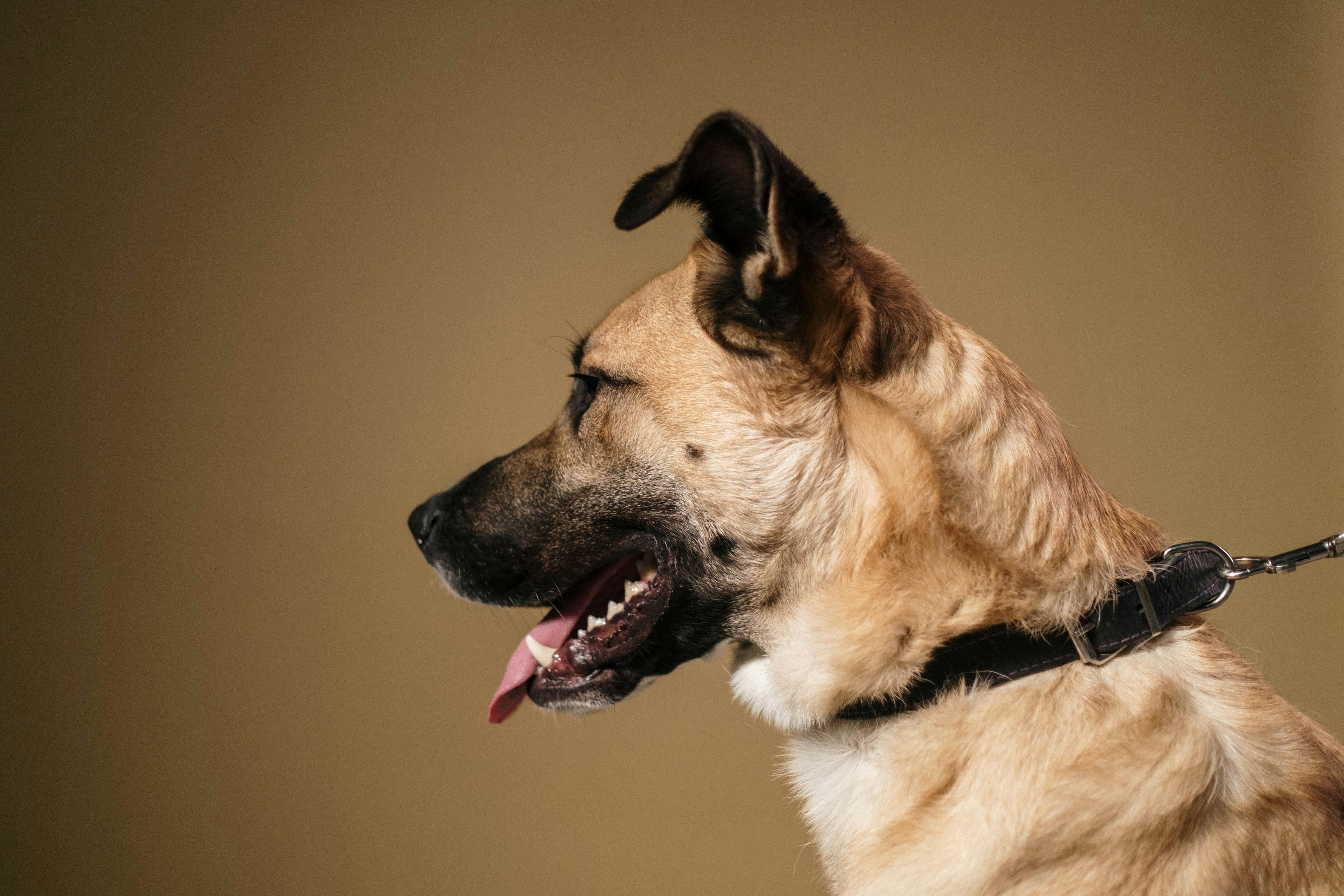Predator and prey: the polar bear on the hunt
Anyone who has even seen a photograph of a polar bear cannot deny the sheer power of this amazing creature. This Arctic native is one of the most powerful land predators on Earth and has evolved to dominate its icy environment. If you are interested in observing bears, there is nothing more exciting and rewarding than taking a look at this imposing predator in the wild.
The polar bear diet
Unlike most other bear species, which are largely opportunistic omnivores, this bear is almost exclusively carnivorous. A large part of their diet is made up of seals that swim under sea ice, particularly the ringed seal and the bearded seal. The Arctic is home to millions of seals, which means an abundant food supply for the polar bear. Catching the seals, however, is not easy. The only opportunity the Bear has to do so is in the spaces between the sea and the air, that is, in the Arctic ice sheet.
The predatory tactics of the polar bear
To catch its prey, the polar bear primarily uses a tactic called “still hunting.” First, the bear uses its superior sense of smell to sniff out a seal’s breathing hole. Seals cut these holes to breathe in the ice in the fall, using the sharp claws on their front flippers to open and hold them throughout the winter. A single seal can have 10 to 15 holes to breathe in the range of its territory. For the polar bear, this means waiting a long time, hoping that the seal will choose to go out for air through the hole the bear has chosen.
Wildlife buffs with some bear watching experience will recognize telltale signs of a polar bear on a watch. The animal may wait hours, or even days, for a seal to appear, but it is worth the wait, as a single seal can keep a polar bear running for an entire week. If a seal comes to the surface, the Bear is wasting no time. It pounces on the unfortunate pinniped, grabbing it with powerful claws and jaws, and then quickly dispatches it by biting its head to crush the skull.
If a bear is lucky, it might catch a seal on the surface of the ice. From time to time, ringed and bearded seals come out of their breathing holes to rest on the ice, making them easy prey for the bear.
A mature polar bear tends to eat only the high-calorie fur and fat of the seal, while cubs eat the protein-packed red meat. After feeding, the bear is an extremely polite animal, as it actually washes its fur with water or snow.
Other eating habits
The preferred method of hunting the polar bear obviously depends on the presence of sea ice. In the summer and early fall, when the sea is not frozen, they have to rely on their fat reserves, sometimes for months. Unlike brown and black bears, polar bears do not hibernate, but they can live off fat stores at times when seals are unreachable. Although it prefers to eat primarily ringed and bearded seals, these bears have been known to occasionally eat beached whales – a real feast! They can also rummage through carcasses left by other bears, especially young adult bears that can kill their own prey but cannot defend it from others.
Observing bears in their natural habitat is always an impressive experience, but seeing this bear hunting is truly a sight like no other. If you are lucky enough to see this in action, you are not likely to quickly forget it.



Recent Comments